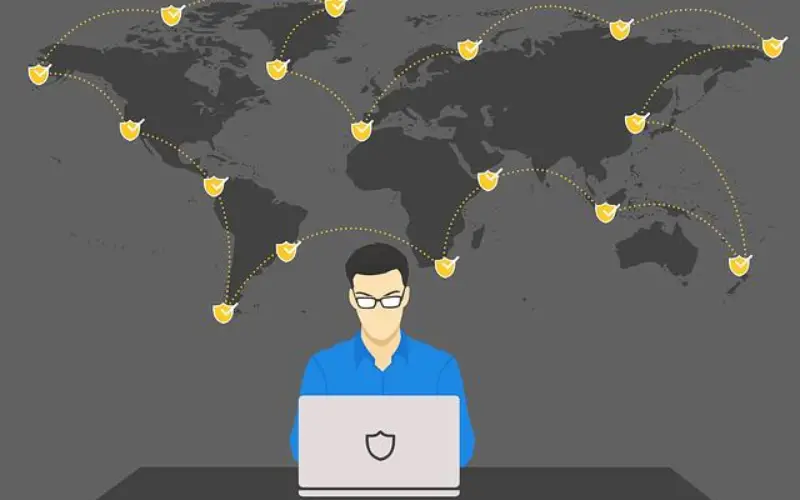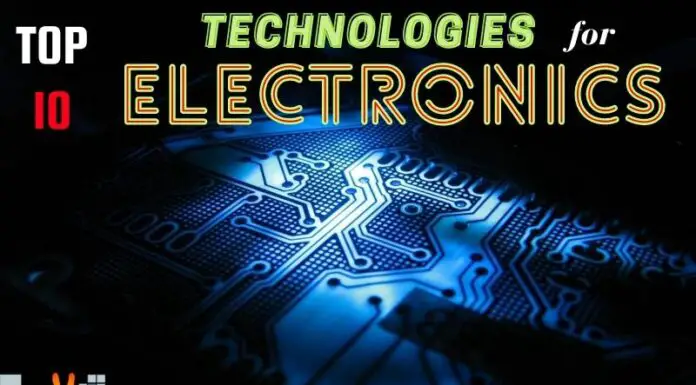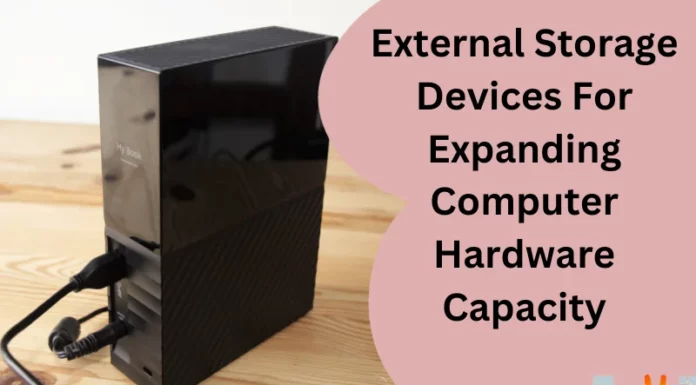We all remember when we carried cash in our purses for market visits. Most transactions happen digitally, which is convenient but brings new challenges. Digitalization of money brings new responsibilities involving our most precious data. Blockchain technology, a term we are all familiar with, plays a significant role in digitalizing payment methods. It offers innovative solutions to enhance transaction security. Systems engineers, in collaboration with other experts, integrate blockchain into payment systems. They aim to ensure seamless functionality and robust security. Continuous improvement and staying updated are essential for systems engineers to deliver high-quality designs that meet customer expectations. These systems provide a secure foundation for digital transactions, safeguarding our valuable data. Here are the top ten reasons why blockchain and cryptography will take over: your transaction methods, you should know them
1. Encryption
Encryption works like a locked box, and when you send any confidential data over the internet, it ensures that only an authorized can unlock and read the information. Your data is unreadable to others who want to read your financial information. Encryption techniques in transaction methods will keep financial information safe from unauthorized access, making your payments more secure.

2. Data Integrity
Data integrity means data is accurate, consistent, and reliable. Blockchain technology ensures data integrity by creating a decentralized and immutable ledger. Once data is recorded on the blockchain, it cannot be changed or deleted without the agreement of the network, and this makes your data and information reliable and secure from unauthorized modification and visibility. It enhances transparency, and your financial information will be safe and trustworthy.
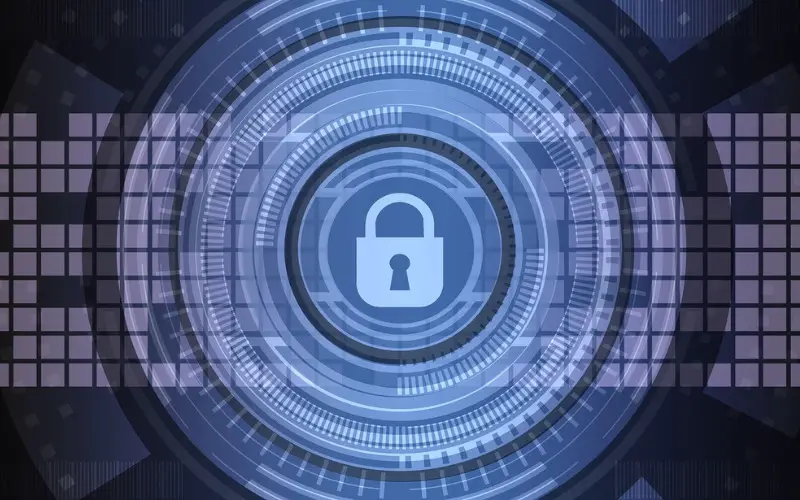
3. Decentralization
Blockchain technology commonly uses decentralization of data across the network. It spreads data storage and processing across many computers in a network instead of one central computer. Because of this process, no computer controls everything, so if one goes down, others will still work. If a hacker wants to hack, he has to go through all those computers, which is very hard. No individual or group controls over the whole system, so no one can quickly stop or change it.
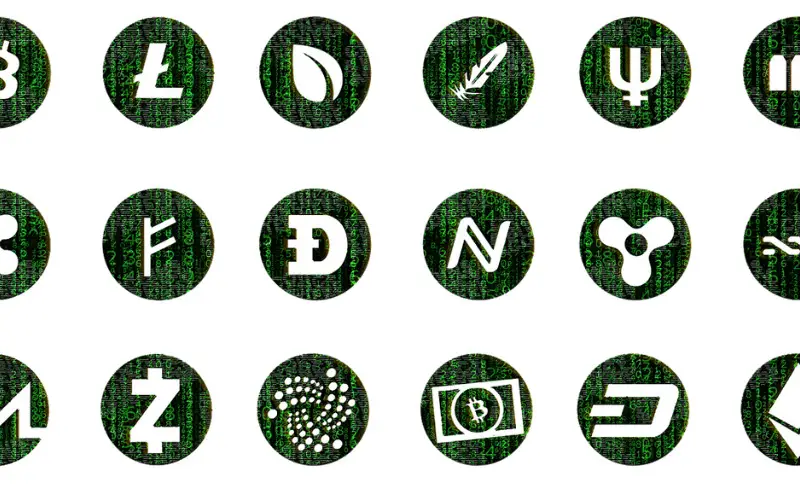
4. Transparency
Blockchain lets everyone see all transactions. Every payment recorded on the blockchain is open and can be checked by anyone. This gives people complete visibility into where their money goes at each step. You can see precisely what your funds are used for. This transparency helps catch mistakes and fraud more easily. Payments pass through many open computers before reaching the person you pay. This gives many chances to notice if something looks wrong. The result is a payment system that is secure, clear, and honest. It gives people more control over how they spend their money.

5. Smart Contract
Smart contracts are programs on a blockchain that run when conditions are met. They ensure agreements are executed as programmed, without being changed or stopped. This lets strangers trust each other and create deals, knowing they’ll be followed precisely. Smart contracts simplify complex transactions, reducing the need for intermediaries.

6. Enhanced Security
Cryptography and blockchain work together to make payments safer. Cryptography uses fancy math to jumble up payment data so bad guys can’t read it. Blockchain keeps a clear record of all costs, making it challenging for hackers to mess with the info. When these technologies team up, prices become more secure. They protect important details and help us trust the payment system more.
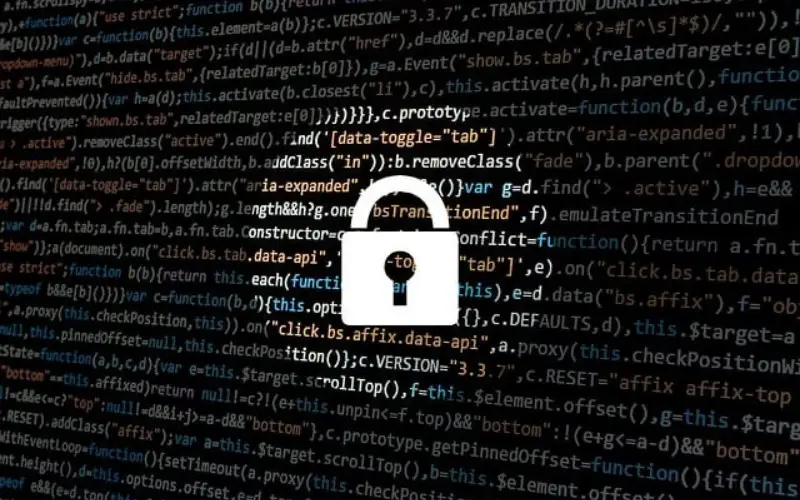
7. Immutable Audit Trail
Blockchain technology makes sure that every payment transaction is recorded in a safe and unchangeable way. Each transaction is added to a block, which links to the previous block, forming a chain of transactions. This creates a steadfast history of payments called an audit trail. Once a price is on the blockchain, it can’t be changed or messed with. This gives us a clear and reliable record of all costs, making it easy to check and review transactions for accuracy.
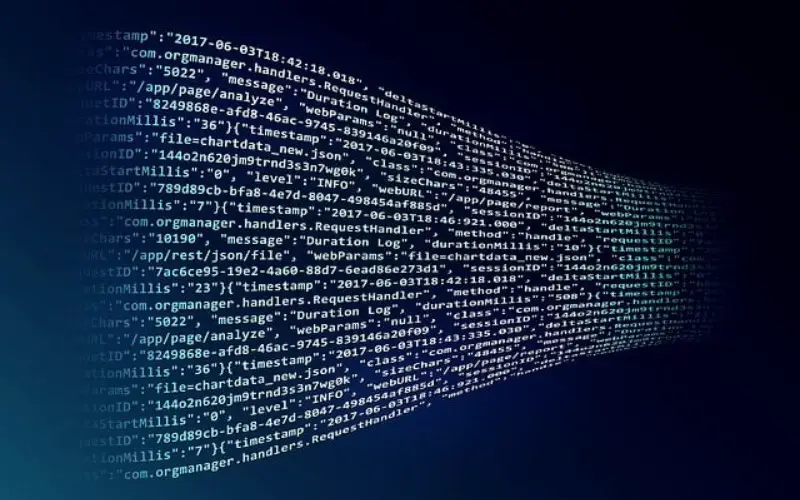
8. Reduce Fraud
Blockchain technology has the potential to reduce fraud simply and securely greatly. In traditional systems, data is stored in a central location that can be vulnerable to manipulation or hacking. However, with blockchain, information is distributed across multiple computers, making it nearly impossible for anyone to tamper with or alter the data without consensus from the network. This decentralized nature of blockchain ensures transparency and trustworthiness of transactions, reducing the risk of fraud and providing peace of mind for non-tech individuals using digital payment methods.
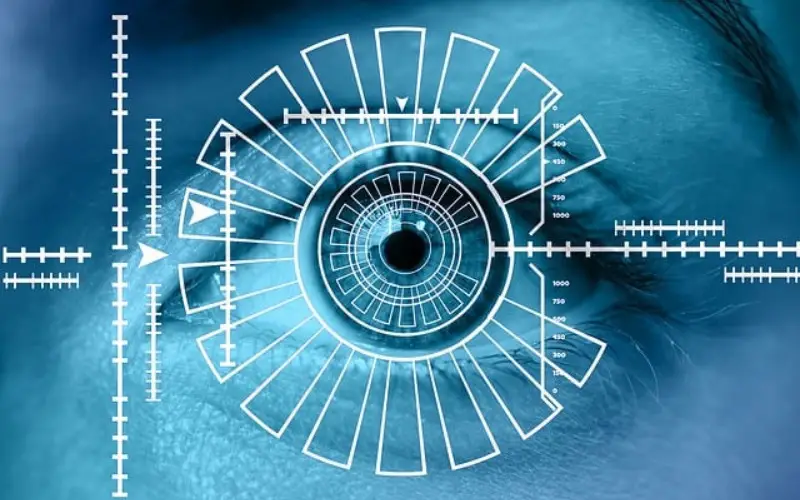
9. Faster Settlement
Blockchain technology can speed up digital transactions by removing mediators and making the settlement process faster and smoother. Instead of depending on a single authority, blockchain uses a shared digital record that everyone involved can see. This means transactions can be quickly checked and confirmed without any delays. Because blockchain doesn’t need third-party verification, it’s faster and more efficient. In simple terms, blockchain helps make transactions happen faster by providing a secure system where unnecessary steps are removed, making everything quicker and more accessible for everyone involved.
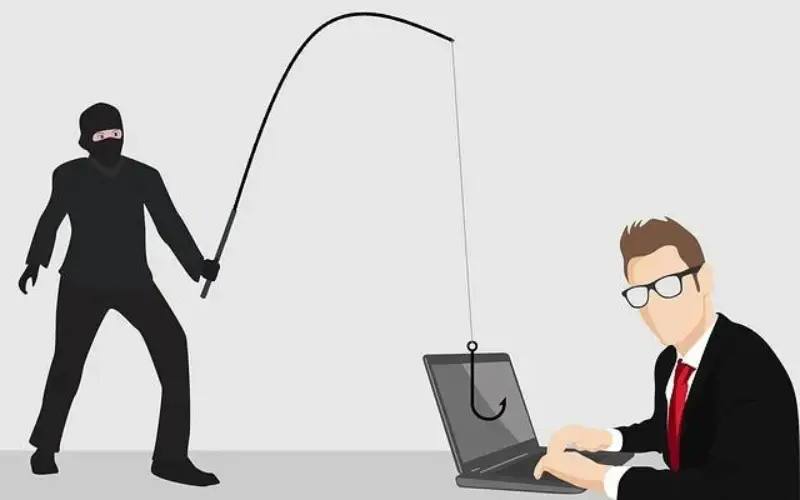
10. Global Accessibility
This technology also allows people from all over the Globe to access and use it for their benefit. It will not only make digital transactions secure but also will change the whole digital security measures. This means that anyone with an internet connection can participate in the blockchain network and access the information stored on it. The global accessibility of blockchain technology will open up new opportunities for collaboration, innovation, and economic empowerment on a global scale in every field.
